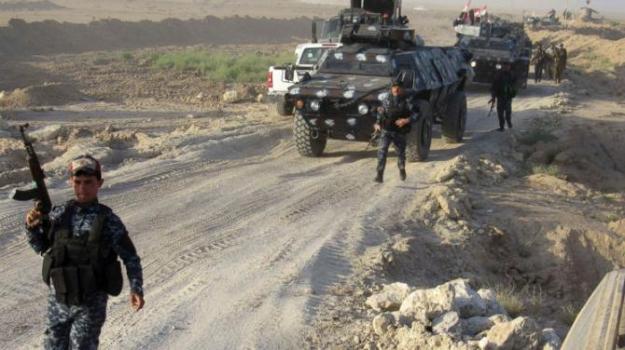By Kyle Orton (@KyleWOrton) on April 2, 2014

Al-Qaeda expelled the Islamic State of Iraq and Syria (ISIS) from its ranks on February 3, 2014. This was the culmination of a dispute that broke into the public eye with ISIS’s declaration in April 2013, an effort by ISIS’s emir, Abu Bakr al-Baghdadi, to formally subsume the secret Syrian wing of the then-Islamic State of Iraq (ISI), known as Jabhat an-Nusra, under his own banner, and the rejection of both al-Nusra’s leadership and al-Qaeda’s to this move. In truth, the schism between ISIS and al-Qaeda has its roots all the way back to the beginning, when ISIS became al-Qaeda’s Iraqi branch, al-Qaeda in Mesopotamia (AQM), in 2004.
Below is the transcript of the audio address by al-Baghdadi, released by al-Furqan on 8 April 2013, entitled, “Give Good News to the Believers: The Declaration of the Islamic State of Iraq and Syria”. Some transliterations have been altered, the syntax has been cleared up, and some interesting or important sections highlighted in bold. Continue reading →




![Umar Hadid [right] (source)](https://kyleorton1991.files.wordpress.com/2017/01/umar-hadid-1-right.jpg)



